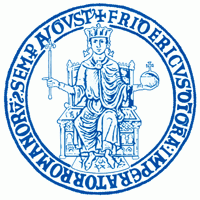Resource information
The simulation of urban growth can be considered as a useful way for analyzing the complex process of urban physical evolution. The aim of this study is to model and simulate the complex patterns of land use change by utilizing remote sensing and artificial intelligence techniques in the fast growing city of Mahabad, north-west of Iran which encountered with several environmental subsequences. The key subject is how to allocate optimized weight into effective parameters upon urban growth and subsequently achieving an improved simulation. Artificial Neural Networks (ANN) algorithm was used to allocate the weight via an iteration approach. In this way, weight allocation was carried out by the ANN training accomplishing through time-series satellite images representing urban growth process. Cellular Automata (CA) was used as the principal motor of the model and then ANN applied to find suitable scale of parameters and relations between potential factors affecting urban growth. The general accuracy of the suggested model and obtained Fuzzy Kappa Coefficient confirms achieving better results than classic CA models in simulating nonlinear urban evolution process.



